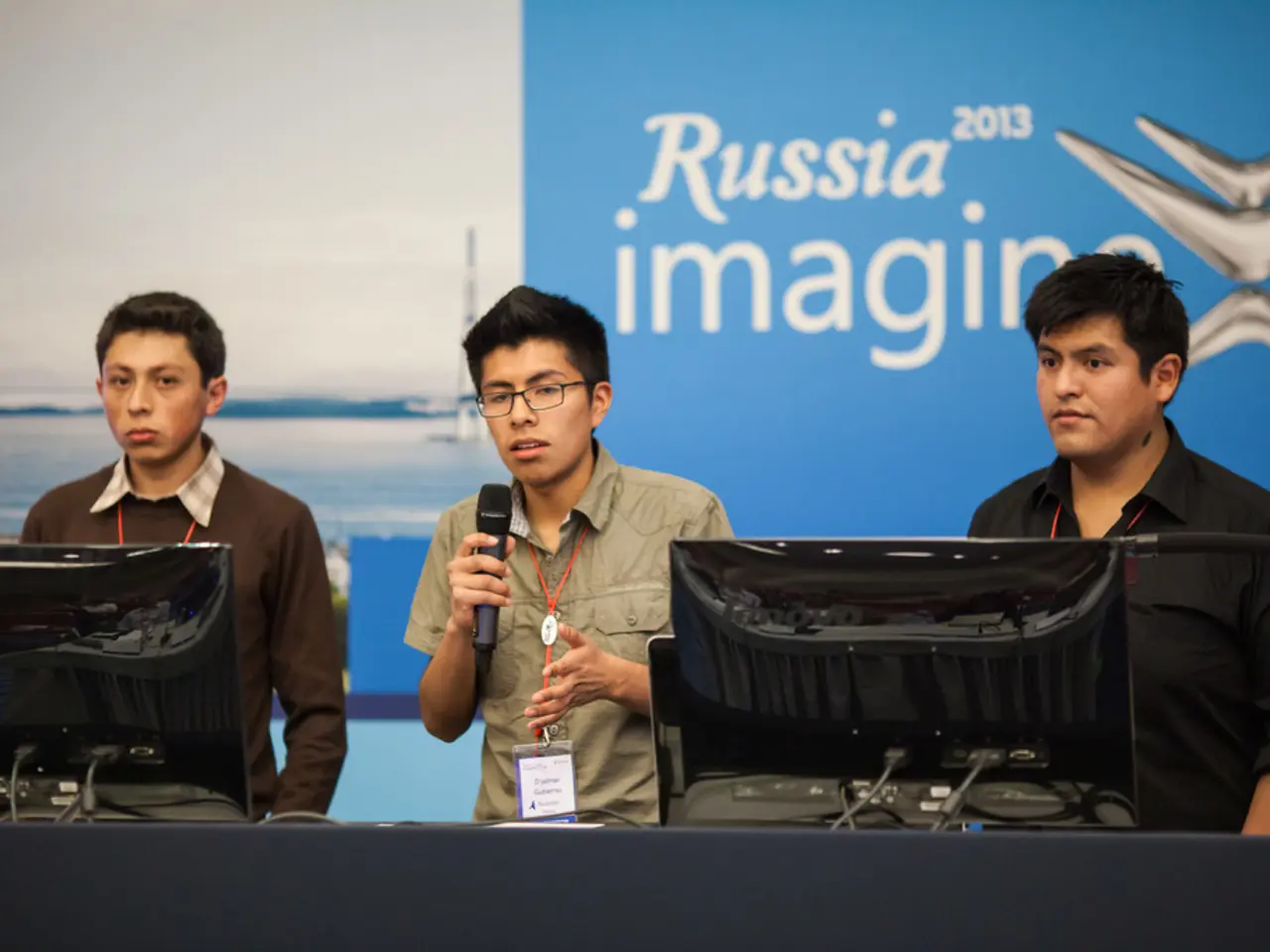Firework Delivery Network!
In 2021, the global fireworks industry faced a significant shortage, with the disruption noticeably impacting celebrations worldwide. This shortage was primarily due to multiple factors affecting the supply chain, most notably the COVID-19 pandemic.
Nearly all fireworks are manufactured in China, where they are made manually due to expertise and low costs. However, factory disruptions, such as explosions and COVID-19 lockdowns, severely reduced factory output, contributing to the shortage.
Logistical bottlenecks also played a significant role. Shipping delays, port closures, container shortages, and global incidents like the Suez Canal blockage impeded timely imports, further exacerbating the situation.
Meanwhile, demand for fireworks rose sharply as pandemic-related restrictions lifted and people sought to celebrate outdoors. This increased demand, combined with the limited supply, caused the shortage and price increases in 2021.
To summarise the core factors:
- The concentration of manufacturing in China
- Factory disruptions
- Logistical bottlenecks
- Increased demand post-pandemic
- Rising costs due to shortage and shipping cost increases
These elements combined made 2021 a particularly challenging year for the fireworks supply chain, contributing to shortages seen especially around key holidays when fireworks demand peaks.
The pandemic has underscored the need to learn from past disruptions and apply those lessons to prevent future shortages. It has cost businesses an estimated $4 trillion in lost revenue due to global supply chain disruptions.
Looking ahead, the value of High-Performance Computing in Supply Chain solutions was $50.02 billion in 2023, a testament to its growing importance in modern supply chain management. Non-fungible tokens (NFTs) also promise to help eliminate many challenges in Supply Chain management.
Marco Polo brought fireworks to Europe in the Middle Ages, and today, they are used in celebrations worldwide, including New Year's Eve, Christmas, July 4th (U.S.), Bastille day (France), July 1st (Canada), Diwali (India), the Sumidagawa festival (Japan), Guy Fawkes night (U.K.), Chinese New Year, among others.
Despite the shortage, demand for fireworks has significantly increased as pandemic-related restrictions are being lifted. The pandemic has highlighted the importance of Supply Chain management, and in 2022, there is a need for resilient and efficient Supply Chain strategies in a digital world.
- The disruption in the global fireworks industry in 2021, caused by factors such as the COVID-19 pandemic, factory disruptions, logistical bottlenecks, and increased demand, led to a significant shortage, affecting celebrations worldwide.
- In 2022, there is a need for resilient and efficient Supply Chain strategies in a digital world, as the pandemic has highlighted the importance of supply chain management.
- The value of High-Performance Computing in Supply Chain solutions was $50.02 billion in 2023, underscoring its growing importance in modern supply chain management.
- Non-fungible tokens (NFTs) also promise to help eliminate many challenges in Supply Chain management, hinting at potential advancements in the future.
- The global trade of fireworks, a commodity used in celebrations worldwide, is subject to policy-and-legislation, crime-and-justice, and general-news, including instances of car-accidents related to fireworks mishaps.






